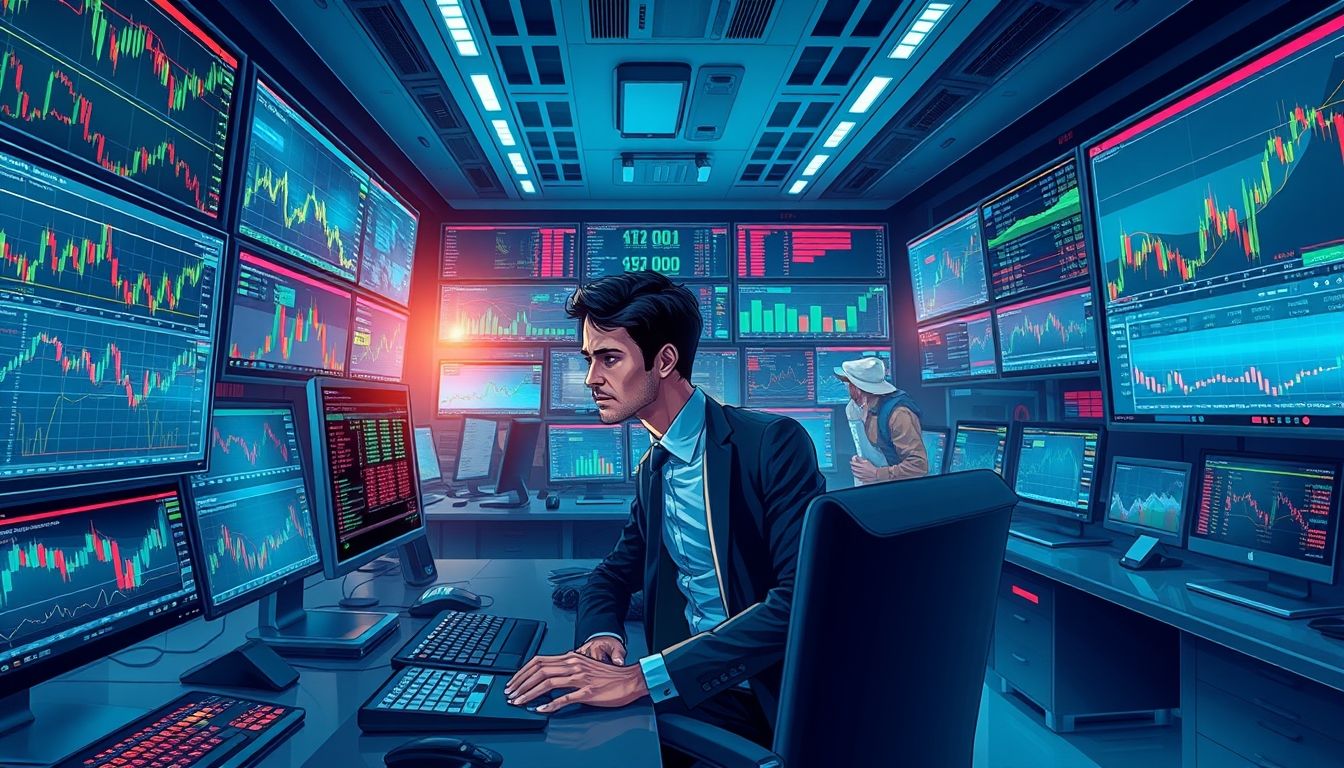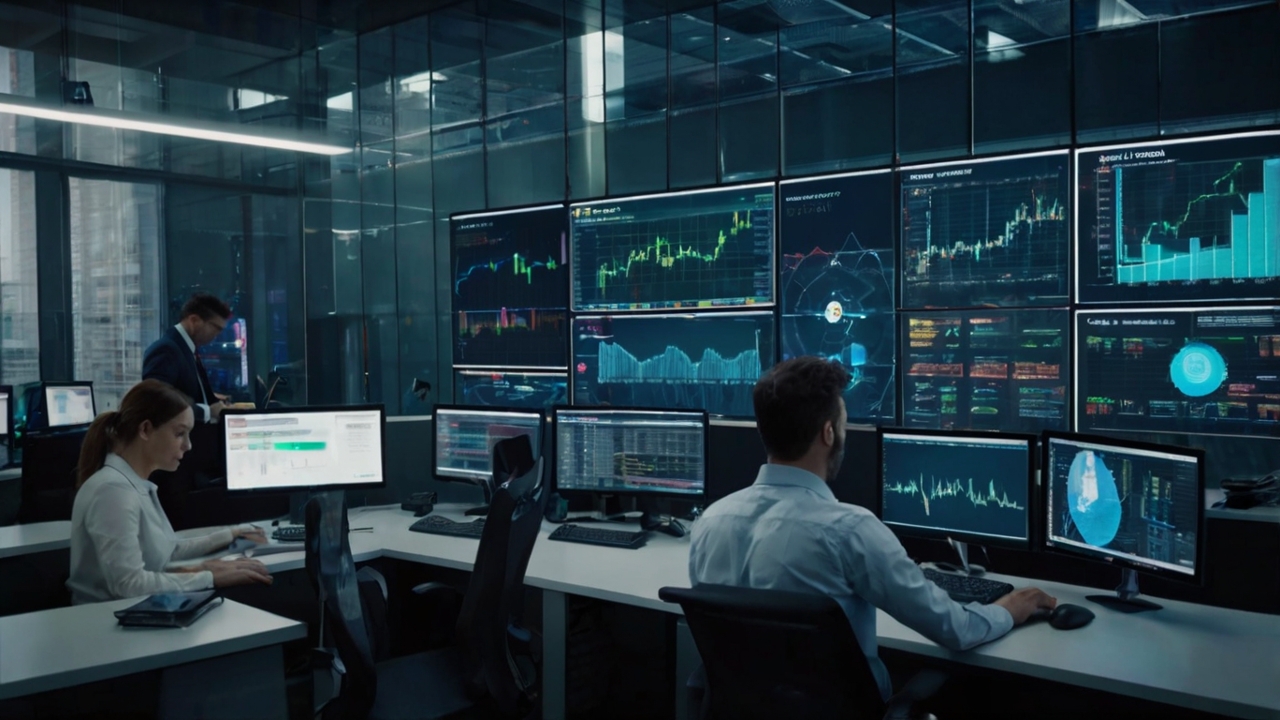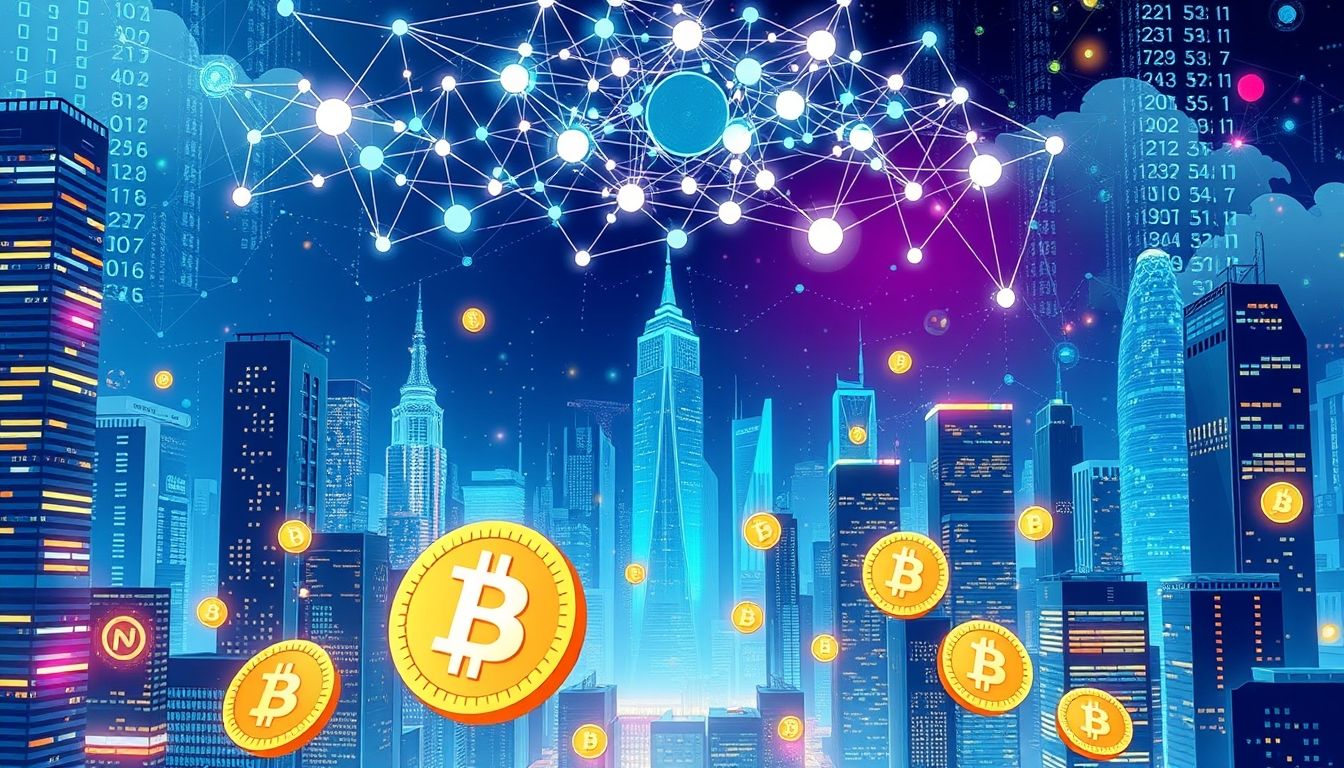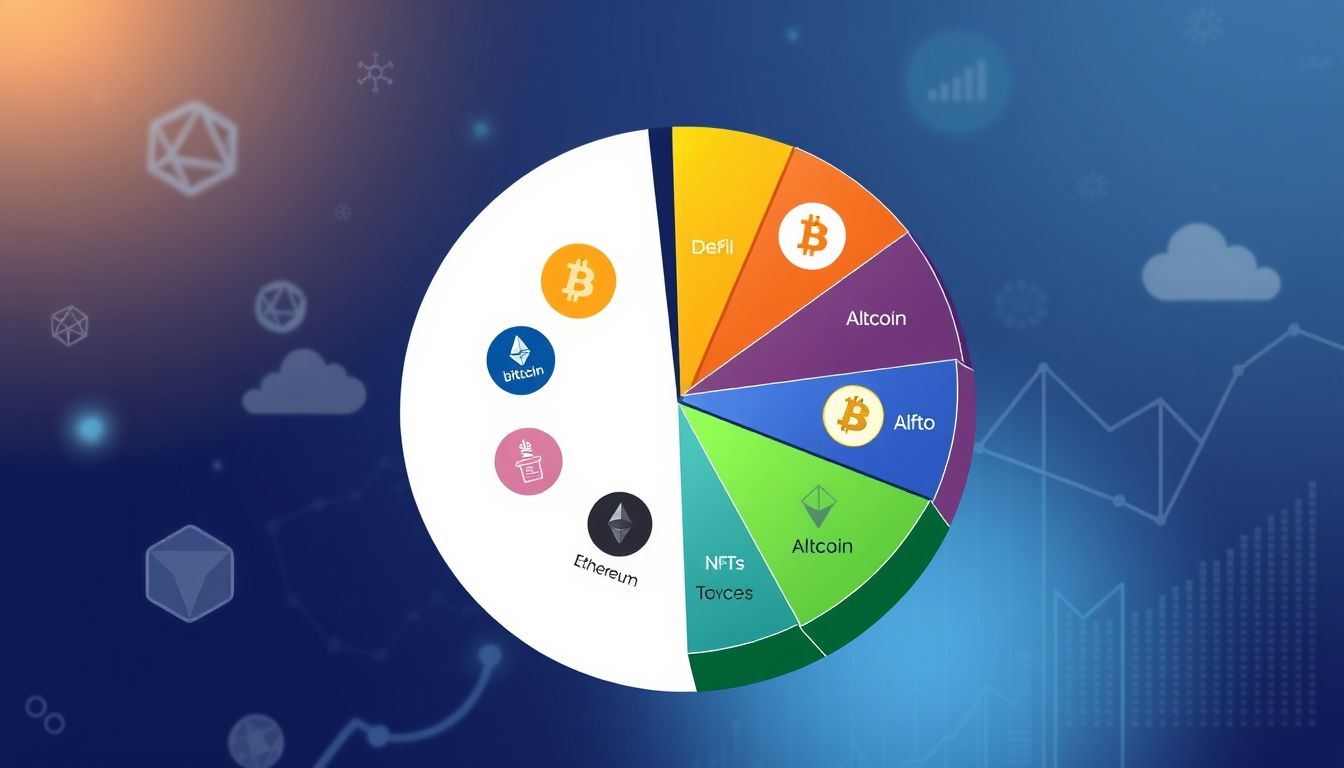Introduction to Non-Fungible Tokens (NFTs)
Non-Fungible Tokens (NFTs) are unique digital assets that represent ownership of a digital item or piece of art. Unlike cryptocurrencies like Bitcoin, which are fungible (meaning each unit is identical), each NFT is unique and cannot be exchanged for another. This unique property makes them ideal for representing ownership of digital assets such as artworks, music, and virtual real estate.
What is Blockchain and How Does it Relate to NFTs?
NFTs operate on blockchain technology, which is a decentralized digital ledger that securely and transparently records all transactions. This ensures that NFT ownership is verifiable and immutable.
History of the Digital Art Market and the Emergence of NFTs
Before the advent of NFTs, the digital art market faced significant challenges regarding proof of ownership and copyright. It was difficult for artists to protect their work from unauthorized copying and to receive fair compensation for their efforts. NFTs provided a solution to these problems by offering a secure and reliable way to authenticate ownership of digital artwork.
The Early Days of Digital Art
Before NFTs, digital art existed, but it lacked a reliable mechanism for establishing ownership and scarcity. Digital artwork was easily copied and distributed, diminishing its value for artists and collectors.
NFTs' Role in Changing the Game
NFTs changed the game by providing a way to create unique digital versions of artwork, which can be bought, sold, and traded like traditional artworks. This opened up an entirely new market for digital art and allowed artists to reach a wider audience.
How NFTs Work: A Technical Overview
NFTs are based on specific technical standards, such as ERC-721 and ERC-1155 on the Ethereum blockchain. These standards define how NFTs are created and traded.
The NFT Minting Process
NFT minting is the process of creating a new NFT on the blockchain. This involves registering information about the digital asset (such as the artwork) on the blockchain and creating a unique token that represents ownership of that asset.
Smart Contracts and Their Role in NFTs
Smart contracts are computer programs that are automatically executed when certain conditions are met. In the context of NFTs, smart contracts are used to regulate the buying, selling, and trading process, ensuring that artists receive their rights.
NFT Use Cases: Beyond Art
Although NFTs are commonly associated with digital art, they have many other use cases, including:
- Music: Artists can release music as NFTs and sell it directly to fans, giving them greater control over their rights and revenue.
- Gaming: NFTs can be used to represent in-game items, such as weapons, armor, and characters, allowing players to own and trade these items.
- Virtual Real Estate: NFTs can be used to represent ownership of land and buildings in virtual worlds, such as Decentraland and The Sandbox.
- Ticketing: NFTs can be used to issue tickets for events, preventing forgery and allowing for ticket tracking.
Real-World Examples of NFT Use
We have seen many successful examples of NFTs being used in various fields. For example, the band Kings of Leon released an album as an NFT, allowing fans to purchase exclusive versions of the music and artwork. Nike has also sold virtual sneakers as NFTs, allowing users to wear these shoes in virtual worlds.
The Impact of NFTs on Artists and Creators
NFTs have the potential to empower artists and creators by giving them greater control over their work and rights. Artists can sell their work directly to fans, without having to rely on intermediaries such as art galleries or record companies.
How Can Artists Benefit from NFTs?
Artists can benefit from NFTs in several ways, including:
- Selling their work directly to fans.
- Receiving ongoing royalties on secondary sales of their work.
- Creating exclusive communities for fans.
- Funding their creative projects.
Challenges Facing Artists in the NFT Market
Despite the potential benefits, artists also face some challenges in the NFT market, including:
- High gas fees on the Ethereum blockchain.
- The technical complexity of creating and selling NFTs.
- Intense competition in the market.
- The risks associated with fraud and hacking.
The NFT Market: Overview and Analysis
The NFT market has experienced tremendous growth in recent years, with sales reaching billions of dollars. However, the market is highly volatile and subject to rapid changes.
Largest NFT Trading Platforms
The largest NFT trading platforms include:
- OpenSea: The largest NFT marketplace by trading volume.
- Rarible: A platform focused on digital art.
- SuperRare: An exclusive platform for selected artists.
- Nifty Gateway: A platform known for selling high-value NFTs.
Factors Affecting NFT Prices
NFT prices are affected by many factors, including:
- Scarcity: The rarest NFTs are usually more valuable.
- Authenticity: NFTs created by famous artists are usually more valuable.
- Utility: NFTs that provide additional benefits, such as access to exclusive events, are usually more valuable.
- Speculation: Speculation can artificially inflate NFT prices.
Investing in NFTs: Risks and Opportunities
Investing in NFTs can be very profitable, but it is also risky. It is important to conduct thorough research before investing in any NFT.
Tips for New Investors in the NFT Market
Here are some tips for new investors in the NFT market:
- Start with a small budget.
- Conduct thorough research before investing in any NFT.
- Do not invest more than you can afford to lose.
- Be wary of scams.
- Diversify your investment portfolio.
How to Evaluate NFT Value
Evaluating NFT value can be difficult, but there are some factors to consider, including:
- The scarcity of the NFT.
- The authenticity of the NFT.
- The utility of the NFT.
- The reputation of the artist or creator.
- The demand for the NFT.
Legal and Regulatory Challenges of NFTs
NFTs are still subject to ongoing legal and regulatory developments. There are many unanswered questions about NFT ownership, copyright, and taxes.
Copyright Ownership in NFTs
Copyright ownership in NFTs is complex. Generally, the buyer of an NFT does not own the copyright to the underlying artwork. However, they may be able to obtain a license to use the artwork in certain ways.
Potential Government Regulations for NFTs
Governments around the world are considering how to regulate NFTs. There are concerns about money laundering, fraud, and speculation. It is likely that NFTs will be regulated in the near future.
The Future of NFTs and the Digital Art Market
The future of NFTs and the digital art market looks promising. NFTs are expected to continue to grow in popularity and become an integral part of the digital economy.
Potential Technological Developments in the NFT Field
There are many potential technological developments in the NFT field, including:
- Improved scalability of blockchains.
- Development of new NFT standards.
- Integration of NFTs into other applications and platforms.
- The emergence of dynamic NFTs that can change over time.
Growth Projections for the NFT Market
Analysts expect the NFT market to continue to grow in the coming years. However, it is important to remember that the market is highly volatile and subject to rapid changes.
Practical Tips for Participating in the NFT Revolution
If you are interested in participating in the NFT revolution, here are some practical tips:
- Learn as much as you can about NFTs and blockchain.
- Start with a small budget.
- Conduct thorough research before investing in any NFT.
- Be wary of scams.
- Connect with the NFT community.
Conclusion
NFTs have revolutionized the world of digital art and investment, opening new horizons for artists and investors. Although there are risks and challenges, the potential opportunities are enormous. By deeply understanding how NFTs work and the risks involved, investors and artists can participate effectively in this digital revolution.




